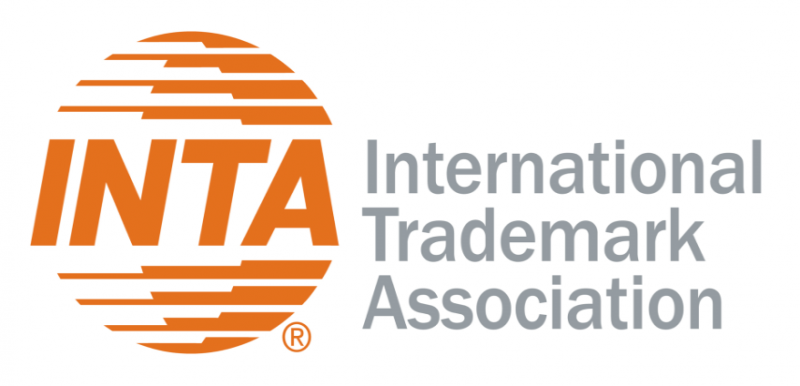The International Trademark Association (INTA) recently filed an amicus brief before the Grand Board of Appeal (GBoA) of the European Union Intellectual Property Office (EUIPO) in a case considering the similarity of non-alcoholic and alcoholic beverages to determine likelihood of confusion.
Specifically, in Case R 964/2020-4, Euromadi Iberica, S.A./ Zorka Gerdzhikova, the GBoA is considering the similarity of goods in Class 32 (non-alcoholic beverages, including flavored carbonated beverages, waters and vitamin-enriched sparkling water, as well as beers) and goods in Class 33 (alcoholic beverages except beers, including wines, spirits, liqueurs, and alcoholic preparations for making beverages).
The case concerns an opposition to EU Trade Mark (EUTM) ZORAYA applied for in Class 32. The opposition was filed by the owner of the prior mark VIÑA ZORAYA registered in Class 33.
In its decision on March 25, 2020, the Opposition Division of the EUIPO rejected the opposition, holding that the goods falling, respectively, in Classes 32 and 33 were dissimilar. The opponent appealed and, in an interim decision, the Board of Appeal found that, over the years, there had been differing decisions by the General Court, the GBoA, and the Boards of Appeal (BoA) of the EUIPO on similarity or dissimilarity of alcoholic and non-alcoholic beverages, stating that further clarification was therefore needed.
In Case R 1720/2017-G, Iceberg, dated January 21, 2019, the GBoA ruled that “mineral water and aerated water; non-alcoholic beverages; fruit beverages and fruit juices” were dissimilar to vodka. However, in its decision on January 20, 2020, Case R 2524/2018-4, chic ÁGUA ALCALINA 9,5 PH/Chic Barcelona, the BoA found similarity between alcoholic and non-alcoholic beverages, albeit of a low degree.
The disparity of decisions reflects the varying consumer perception resulting from the changes in market realities—for instance, different strategies to market and promote drinks (notably, placement on supermarket shelves) or a convergence of alcoholic/non-alcoholic drinks in the market—and illustrates that the question about the similarity of the goods at issue remains unsettled. For this reason, the matter was referred, for the second time, to the GBoA.
In its amicus brief, INTA argues that certain considerations from earlier decisions may no longer be consistent with current market practice and the perception of the relevant public and that similarity should not be ruled out simply because of the assumption that alcoholic beverages are generally dissimilar from non-alcoholic beverages.
In addition, the Association asserts in its brief that the examination of the similarity between goods in Class 32 and those in Class 33 should take into account not only the relevant factors, such as the goods’ nature, intended purpose, method of use, competitive or complementary character, and distribution channels, but also the current market practice and consumer habits with respect to the goods. The issue of whether the relevant public is generally capable of distinguishing beverages listed in Class 32 from beverages listed in Class 33 should not be relevant, the brief said.
 About the International Trademark Association
About the International Trademark Association
The International Trademark Association is a global association of brand owners and professionals dedicated to supporting trademarks and related intellectual property (IP) to foster consumer trust, economic growth, and innovation. Members include nearly 6,500 organizations representing more than 34,350 individuals (trademark owners, professionals, and academics) from 185 countries, who benefit from the Association’s global trademark resources, policy development, education and training, and international network. Founded in 1878, INTA is headquartered in New York City, with offices in Beijing, Brussels, Santiago, Singapore, and Washington, D.C., and a representative in New Delhi. For more information, visit inta.org.










